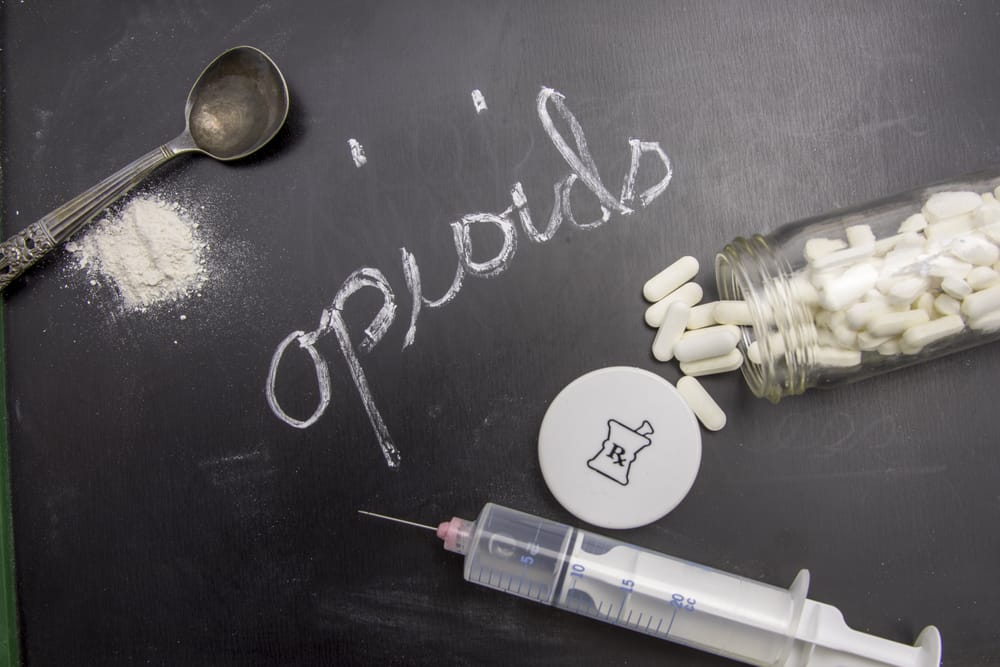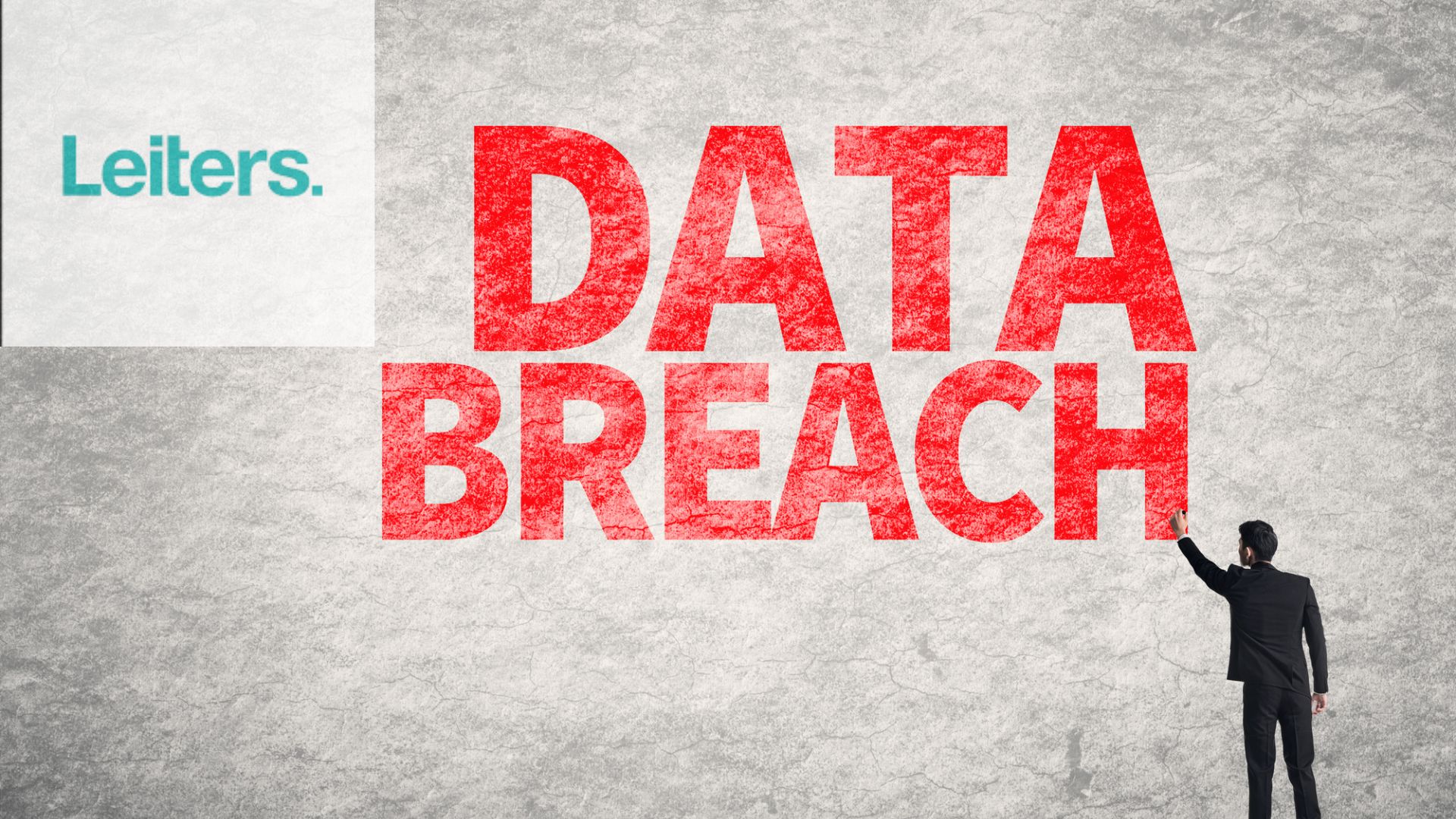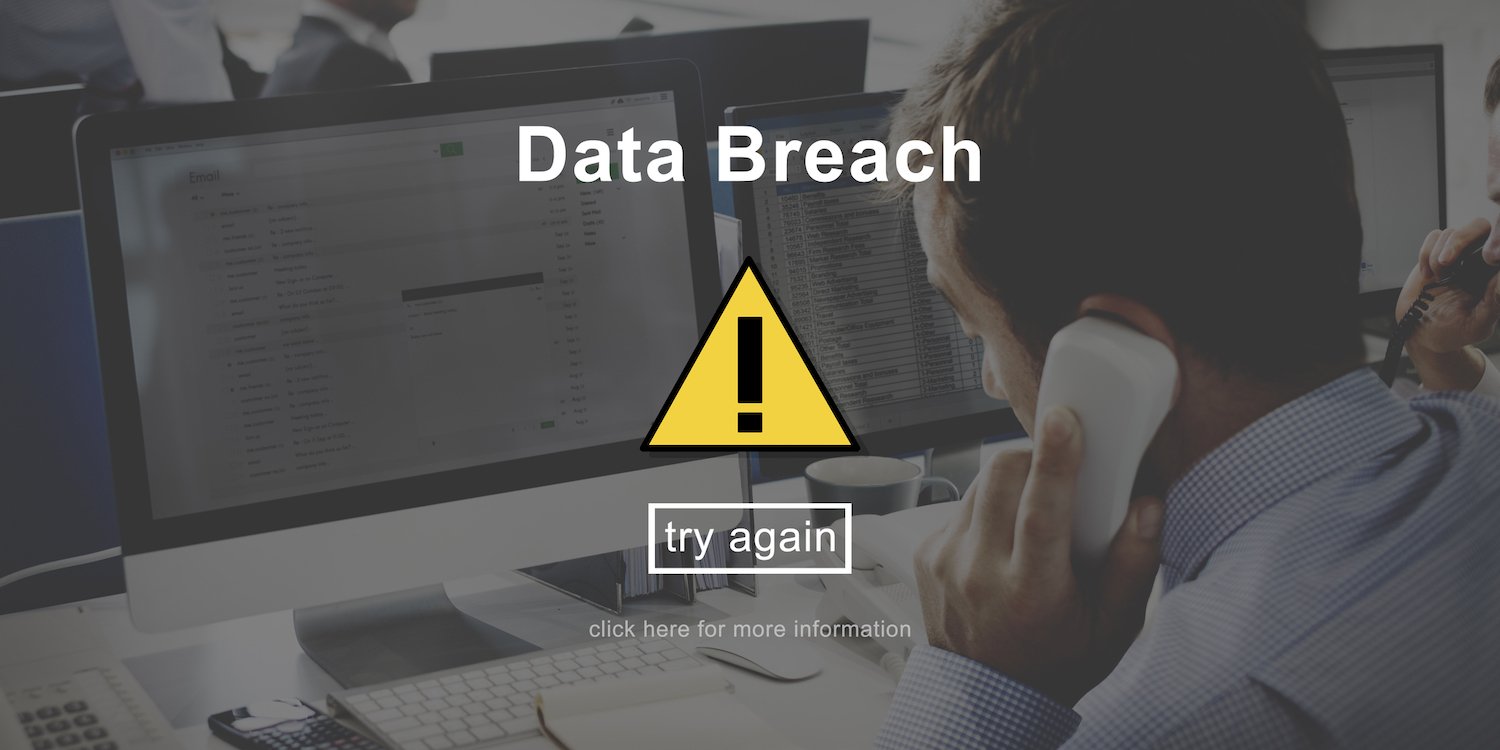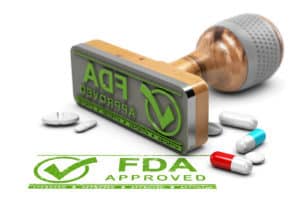With the costs of the opioid crisis rising daily, in dollars and in deaths, there are big players now trying to help keep the costs of prescription drugs down. The effects are being felt around the country, hitting both small and large communities. Some experts believe the national cost just from the opioid crisis are around $600 billion dollars a year, with Baltimore being hit particularly hard, losing about twice as many lives to overdose as to gun violence in 2016.
This has helped bring about the support of Elizabeth Warren (D-Mass.) and Rep. Elijah Cummings, who are working on a bill called CARE, the Comprehensive Addiction Resources Emergency Act. If passed, CARE will provide emergency aid to any American state, territory, tribal nation or local area needing to help individuals and families dealing with substance abuse disorder. The bill would alleviate the burden of states and local areas, providing $10 billion in federal funds.
Prescription drug costs are rising far more quickly than other necessities, which is leading to a prescription drug crisis too. Naxolone is a drug commonly used to treat opioid overdose, and many communities are requiring supplies to be available to personnel like police officers who normally do not dispense drugs or treat patients. Some communities are being forced to ration supplies, deciding which lives can be saved.
Even though the drugs are necessary and have been proven to save many lives, the costs are rising out of control, with no real explanation as to why some of them are so expensive. While the government normally does not tell manufacturers how to price their products, the prescription drug crisis is creating a society of haves and have nots, where some cannot afford life-saving medicine. President Trump claimed that he wants “to get the prices for prescription drugs way down and unravel the tangled web of special interests that are driving prices up for medicine and [are] really hurting patients.










